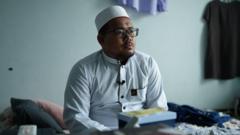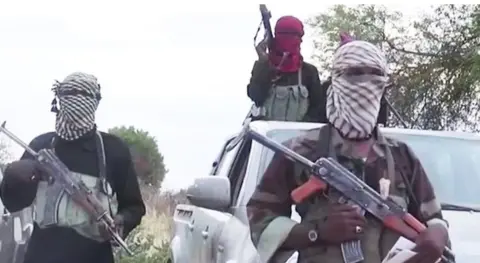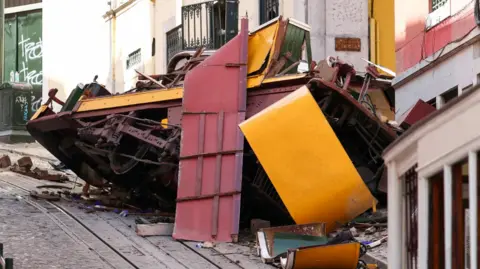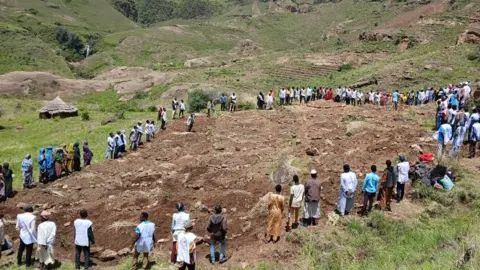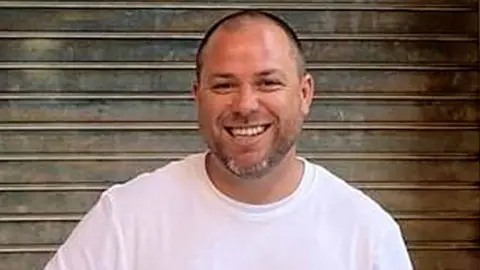The call to prayer echoed through Sagaing, Myanmar, last Friday as hundreds of Muslims gathered for the last Friday prayers of Ramadan, coinciding with the approaching festivities of Eid. Tragically, at 12:51 PM local time, a devastating earthquake struck, causing the collapse of three mosques, including the largest, Myoma, and resulting in nearly all worshipers inside losing their lives.
From miles away in Mae Sot, Thailand, former Myoma mosque imam Soe Nay Oo felt the tremors, only to learn in the days that followed that approximately 170 members of his former congregation had perished. The young and the old alike were victims, leaving a shuttered community grappling with immense sorrow. “I can’t hold back my tears when I talk about this,” Soe Nay Oo shared, reflecting on the tragic loss of lives, including young children.
The quake, which has claimed over 2,700 lives across the Sagaing and Mandalay regions, has devastated not only the physical landscape but also the social fabric of these cities, known for their historic Buddhist temples and thriving Muslim community. Estimates from military leaders indicate that 500 Muslims died during the prayers that fateful day, laying bare the catastrophic impact of natural disasters on vulnerable populations.
Eyewitnesses described Myoma Street, where the mosques stood, as one of the hardest-hit areas. People fled their homes in fear of aftershocks, finding refuge under makeshift shelters along the roads while suffering acute food shortages. In the Muslim neighborhood of Myoma, more than 60 individuals were crushed under debris; search and rescue efforts continue as more bodies are discovered.
Survivors shared harrowing accounts of attempts to escape, with bodies found outside the wash areas of the mosque and in a desperate clutch for life. As a former community leader, Soe Nay Oo mourned deeply for those he lost. Among them was a cousin of his wife's, whose kindness had been a constant in their lives. The loss felt unfathomable, a grief Soe Nay Oo admits he has never known before.
Amid mounting grief, the survivors wrestle with the logistics of burial and mourning. The local Muslim cemetery remains inaccessible due to ongoing unrest between the military and local resistance groups, further complicating the community's mourning process. Many bodies are transported to Mandalay's largest mosque, where some remain unburied beyond the customary 24 hours required by Islamic law, inflicting further emotional pain.
Navigating through this trauma has left Soe Nay Oo with survivor's guilt; he believes he could have provided support had he remained in Myanmar. Compounded by the fact that he remains separated from his own family during this crisis, the burden of loss and helplessness leads to sleepless nights. “It is painful to think about it,” he confesses, his emotions spilling over as he tries to coordinate rescue efforts from Thailand.
As he relinquishes his human rights work to assist in aid efforts, Soe Nay Oo represents a spirit of resilience amid despair, striving to help over 1,000 Muslims affected by the quake. “I feel relief only whenever somebody on the ground asks for help," he said, reflecting the profound sense of duty that carries even through heartache. The struggle continues as Myanmar faces an uphill battle for recovery and rebuilding.

